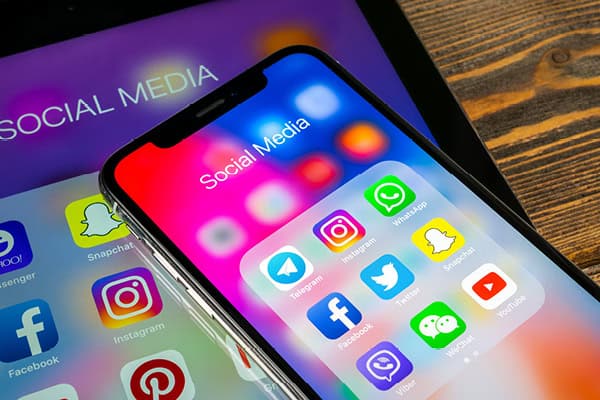Media arts has long been a part of arts education in California, right alongside more traditional disciplines such as dance and theater, but Senate Bill 1341 codifies the idea that the study of visual and performing arts also includes digital art forms such as animation, video and web design, according to EdSource.
Dain Olsen, president and CEO of the National Association for Media Arts Education, explains why mastery of electronic media is an important part of arts education amid the rise of artificial intelligence (AI).
How significant would it be for this new media arts legislation to pass in California?
It would set national precedent, legitimizing it as a separate arts subject and making it available for 5.8 million K-12 students.
Is media arts the same as digital art?
Essentially media arts is digital arts. It does include things that are not purely digital. It’s basically machine-based and multimodal — it’s multisensory and multimedia. One can access the other arts disciplines and all aesthetics. That’s what makes it different from the other arts education disciplines. For example, I can merge audio and visual in the creation of a video.
Is it more high-tech oriented or more arts-focused?
It is tech-centric but is absolutely artistic and creative. Tends to be focused on popular commercial media — photo, graphics, video. Our organization will push for other forms, and more “art” orientation.
Why do students today need to master media arts?
These vital forms of production and design must become standard, high-quality offerings in schools. Students can learn to skillfully wield these forms for their own creative expression, academic development and career preparation, as well as to gain critical literacies in analyzing and negotiating multimedia experiences.
Why should media arts be recognized as its own genre?
Students need to be able to read, analyze, interpret and evaluate a deluge of multimedia information in their everyday lives. They need to be able to construct their own messages, products and experiences. Students need to be able to determine fact from fiction and verify information vs. misinformation. They need to be able to address the potentially harmful impacts of new forms of artificial intelligence, technology and media. Media arts systemically prepares students for these evolving societal conditions.
How will AI shape the media arts landscape?
Media arts education provides a safe and rigorous environment for students to gain critical thinking skills in managing and skillfully wielding the power of AI. This connects it to the embodied practices of the arts and provides grounding, aesthetics and culture, which AI inherently does not reflect. This becomes a major component of the multiliteracies across media tech and digital culture.
EdSource





